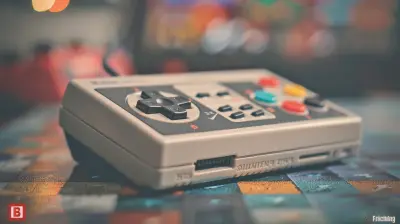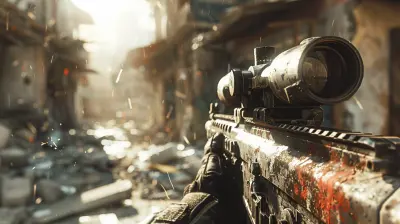Third-Person Shooter Mechanics: Aim, Shoot, and Dodge Like a Pro
11 July 2025
Let’s talk about third-person shooters. You know, the games where you’re not just a floating gun, but instead, you see your badass character flipping, rolling, hiding behind cover, and going full action-hero mode. We’re diving deep into third-person shooter mechanics and how you can aim, shoot, and dodge like a pro.
Whether you’re new to the genre or just trying to sharpen your edge, this guide is going to walk you through the essentials, break down the secrets of the pros, and get you to that “OMG how did they do that?!” level.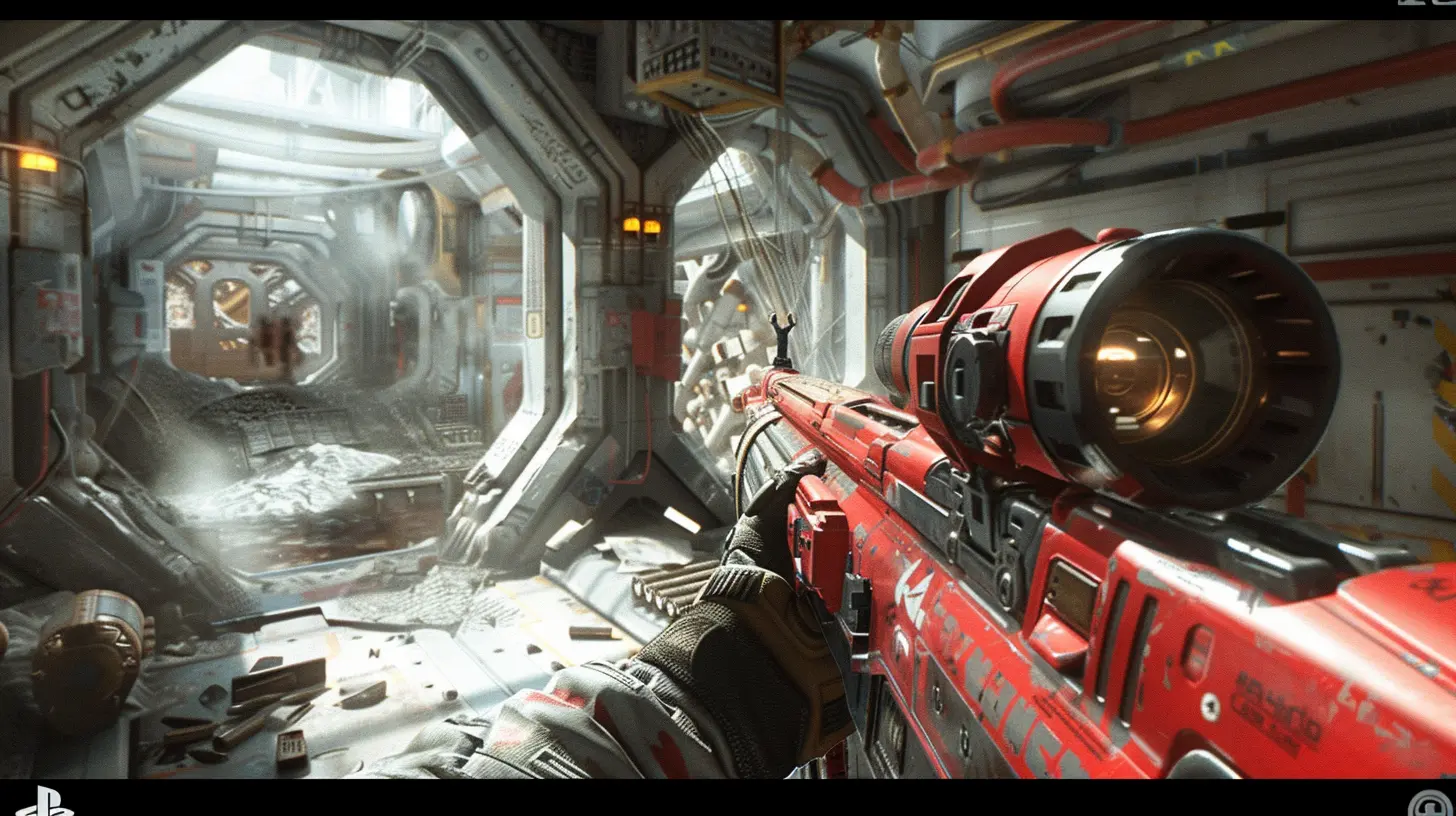
What Is a Third-Person Shooter?
Before we start aiming for glory, let’s make sure we’re on the same page. A third-person shooter (TPS) is a game where you control a character from an external viewpoint — usually behind and slightly above the character’s shoulder. Think games like Gears of War, The Division, Uncharted, or Fortnite when played in third-person mode.The appeal? You can see your character’s movements, surroundings, and actions. This adds layers of strategy — you’re not just pointing and shooting; you’re weaving in and out of chaos.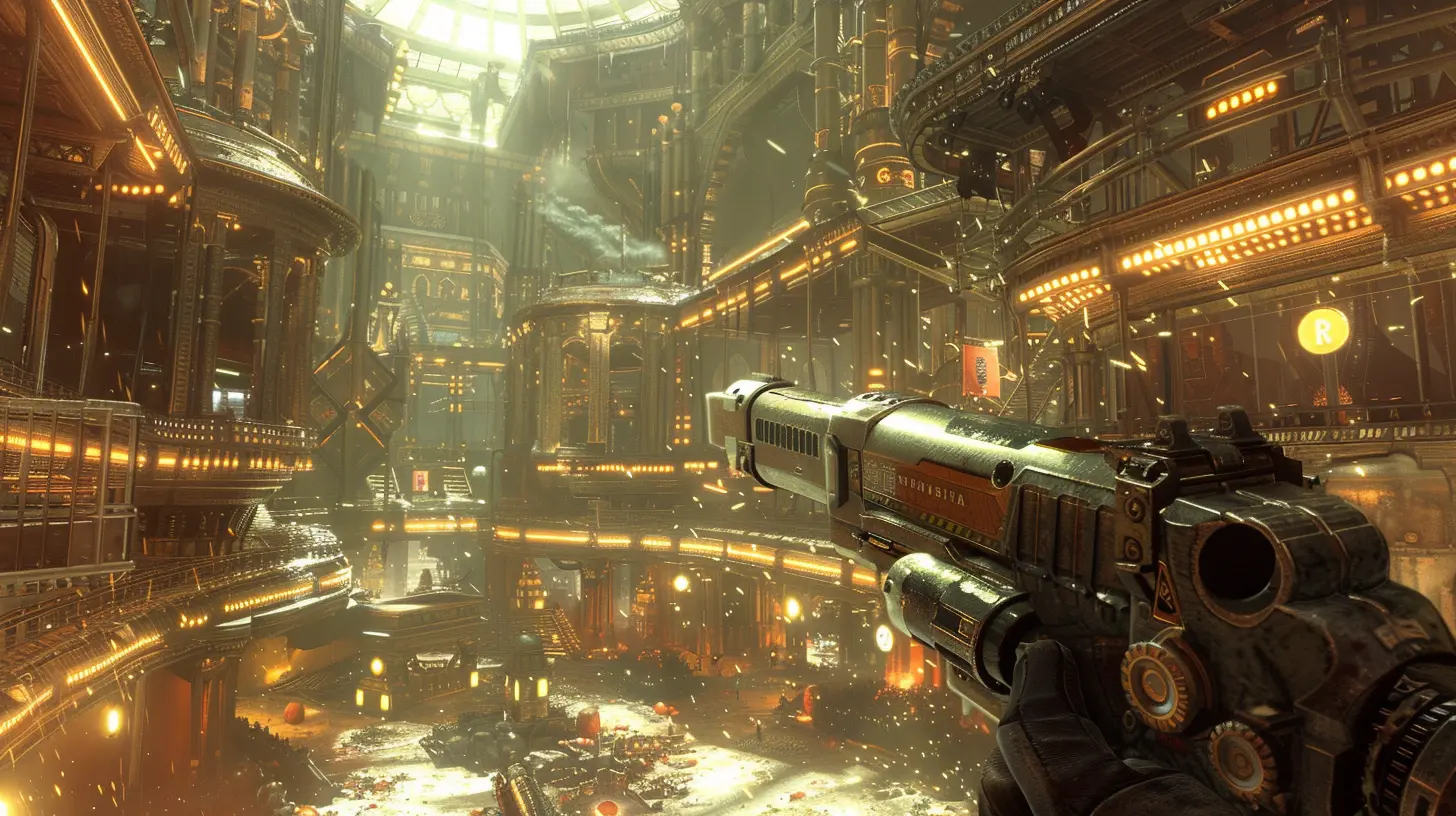
Why Third-Person Mechanics Feel So Different
FPS and TPS games may seem similar on the surface — they both involve aiming, shooting, hiding — but the devil's in the details.Third-person shooters change everything by giving you a wider field of vision. You see more of the environment, and that means better situational awareness. But with that advantage comes more responsibility — and challenge. Your animations, positioning, and dodging all become critical elements of play.
Ready to dig deeper? Let’s break it down.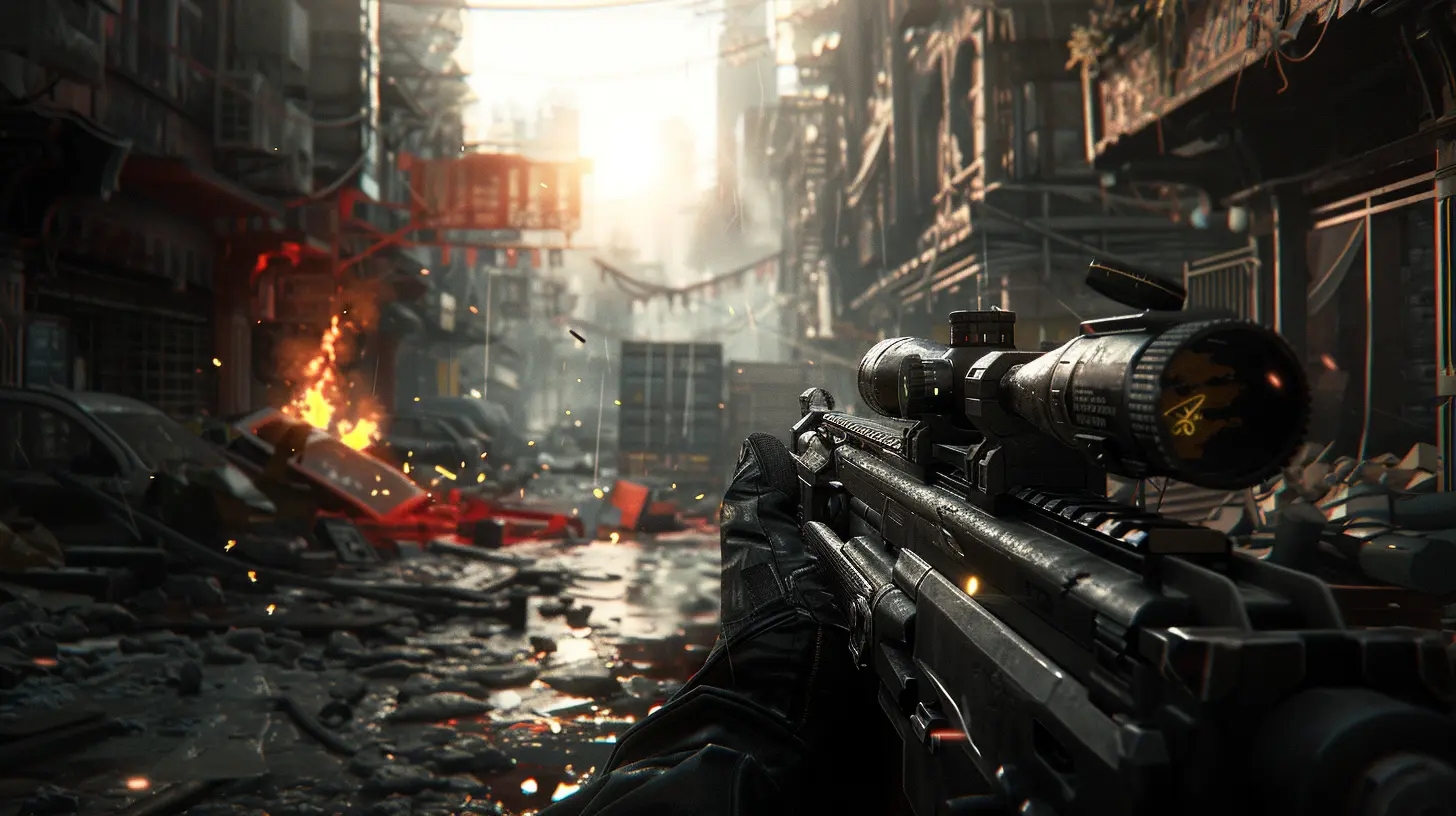
Mastering the Art of Aiming
Here’s the deal: aiming in a third-person shooter isn’t as “point-and-click” as in first-person games. You have to deal with camera placement, shoulder swapping, and sometimes wild bloom mechanics depending on the game.1. Use the Shoulder Swap Like a Chess Move
Most TPS games allow you to switch which shoulder the camera is on. This isn’t just a cosmetic feature — it’s tactical gold.Shoulder swapping lets you:
- Peek around corners without exposing your full body
- Align your reticle better for tight spaces
- Keep pressure while minimizing risk
Pro tip: Assign shoulder swap to a button that feels natural. Why? Because in clutch situations, reaching for an awkward key can be the end of you.
2. Use ADS (Aim Down Sights) Judiciously
Some games go full zoom when you aim down sights (ADS), and others just tighten the reticle. Especially in games like Fortnite or The Division, you need to understand what kind of ADS you're working with.Hip fire is great for close encounters, while ADS gives accuracy at range. Find your comfort zone and keep sensitivity settings dialed in so you can flick and track with ease.
3. Don’t Rely on Auto-Aim (If It Exists)
Sure, some games throw in a helping hand when you’re on a controller. But don’t lean on it like a crutch. Get used to manual aiming. Practice your flick shots. Use training ranges or warm-up modes if your game has it. Good aim isn’t born — it’s trained.
Shooting for Maximum Impact
Alright, now we’re looking down the barrel. Shooting in third-person isn’t just about pulling the trigger. It's about timing, positioning, and understanding your toolkit.1. Know Your Weapon Types
Every weapon has a personality. Some are loud and sweaty, others are precise and calculated.- Assault Rifles (ARs): Jack-of-all-trades. Good range, stable fire.
- Shotguns: Absolute beasts up close. Keep them for tight quarters.
- Sniper Rifles: High risk, high reward. Perfect for picking from cover.
- SMGs: Fast, light, deadly up close but drop off fast at range.
- LMGs: Heavy firepower, great for laying suppression but clunky on the move.
Learn recoil patterns. Know your reload times. And always (I mean always) keep track of your ammo count. Running out during a duel is a gamer’s worst nightmare.
2. Use Cover... Strategically
TPS games and cover mechanics go hand in hand. But cover isn’t always your friend — it can trap you if you’re not thinking ahead.Use cover to peak shots, reload, and plan your next move. But don’t camp unless the situation demands it. Good players will flush you out fast. Mix cover with movement — pop out for a shot, roll back, switch sides.
3. Keep an Eye on Combat Flow
Shooting without awareness is like boxing blindfolded. You’re gonna get wrecked.Watch enemy reload animations. Listen for footsteps. Use visual cues. Are they flanking? Pushing you? Retreating? Adapt your fire pattern accordingly. Strategic shooting isn’t just about bullets — it’s about rhythm.
Dodge Like Your Life Depends on It (Because It Does)
Dodging in a third-person shooter is where the game becomes ballet. Seriously — it’s all about movement.1. Rolling, Dashing, and Sliding — Know Your Moveset
Different games have different mobility mechanics. Some offer dodge rolls (Dark Souls vibes), others give you a quick dash or even a slide.Master your movement. Practice chaining defensive maneuvers with offense — roll, shoot, take cover. It should feel like second nature.
2. Jumping and Strafing — Stay Unpredictable
Ever watch a pro player mid-fight? They’re bouncing, strafing, weaving like maniacs. That’s not just for show — it's to mess with enemy aim.If you stand still, you're a target. If you move too predictably, you’re still a target. But if you’re unpredictable, you're harder to hit. Change direction, mix heights, and dash at odd timings.
3. Utilize the Environment
Good maps aren’t just pretty — they’re part of your survival toolkit. Climb walls, slide down slopes, zipline across danger zones. Learn every inch of the map and use it to your advantage.Think like a cat — always have an escape route ready.
Positioning Is Your Silent Weapon
You could have god-tier aim, but if you’re in the wrong place at the wrong time? Boom. Game over.1. High Ground Is King
Yeah, Obi-Wan had it right. High ground gives you more visibility, better angles, and makes you harder to hit. Secure it whenever you can.2. Avoid Open Spaces When Possible
Unless you’re baiting an enemy or you’re that confident, don’t hang out in wide-open fields. It’s like running shirtless through a shooting range.3. Rotate With Purpose
Whether in a battle royale or objective-based mode, always rotate with intent. Don’t just run blindly — move toward advantageous positions. Watch for kill zones, chokepoints, and third-party threats.Practicing Like a Pro
No one becomes cracked overnight. Behind every godlike highlight reel is hours of sweaty practice. But smart practice makes the difference.1. Use Training Modes
Most competitive TPS games now come with practice ranges. Use them. Practice target switching, recoil control, flick shots, and timed dodges.2. Record Your Gameplay
Watching yourself play can be super insightful. Are you peeking too long? Missing easy shots? Positioning poorly? Reviewing your matches helps you spot patterns and fix them.3. Play Different Roles or Loadouts
Trying different playstyles sharpens your understanding of what other players may do. Once you know how a sniper thinks, you’ll outmaneuver them with your SMG easily.Mental Game and Tilt Management
Let’s be real: gaming gets emotional. You win two fights, then you get beamed from god knows where. It happens.But it’s how you manage those moments that shapes you.
- Take breaks. Seriously.
- Don’t chase revenge kills. It clouds judgment.
- Play with people who help you improve, not just hype you up.
- Learn from losses. Every defeat is a data point.
Final Thoughts: Own the Arena
Third-person shooters are more than just clicking heads and pressing dodge. They’re a dance. They’re war chess. They’re about understanding angles, mechanics, momentum, and — most importantly — yourself.You don't need to be a world champ to enjoy mastery. Just bring your focus, stay curious, and get a little better every day. Pretty soon, you won’t just survive fights — you’ll control them.
Now go out there. Aim, shoot, and dodge… like a pro.
all images in this post were generated using AI tools
Category:
Third Person ShooterAuthor:

Kaitlyn Pace
Discussion
rate this article
1 comments
Upton McCaw
Mastering third-person mechanics is like dancing with bullets—precision, timing, and a dash of flair. Nail the aim, dodge like you mean it, and watch your enemies crumble!
August 4, 2025 at 2:46 PM

Kaitlyn Pace
Absolutely! Mastering third-person mechanics truly requires that blend of precision and agility. It's all about finding that perfect rhythm in combat!
